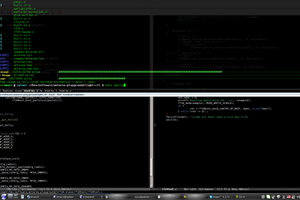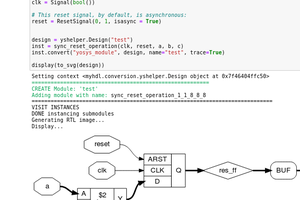Current status (2025-11-06)
The codebase is complete, but as yet untested.
Features
The IC will support these features:
- C++ code written to modern standards using the Pi Pico SDK
- Support for the RP2350 only
- No support for Arduino; use the Pico SDK only
- No support for displays, as plenty of alternatives exist already
- Fallback to plain C for critical tasks where warranted
- Use of CMake for configuration through and through
- Full use of multicore:
- Bare-metal critical tasks running on one core
- FreeRTOS running on the other for housekeeping/communication tasks
- Reliance on FreeRTOS for all memory management
- Support for industry-standard communications
- SCPI over USBTMC for instrument management
- USB Serial for debug / status management
- Safety features
- Last-ditch exception manager that puts the instrument in safe mode on crash and halt
 Marco Tabini
Marco Tabini
 Necromant
Necromant
 ziggurat29
ziggurat29
 Martin
Martin